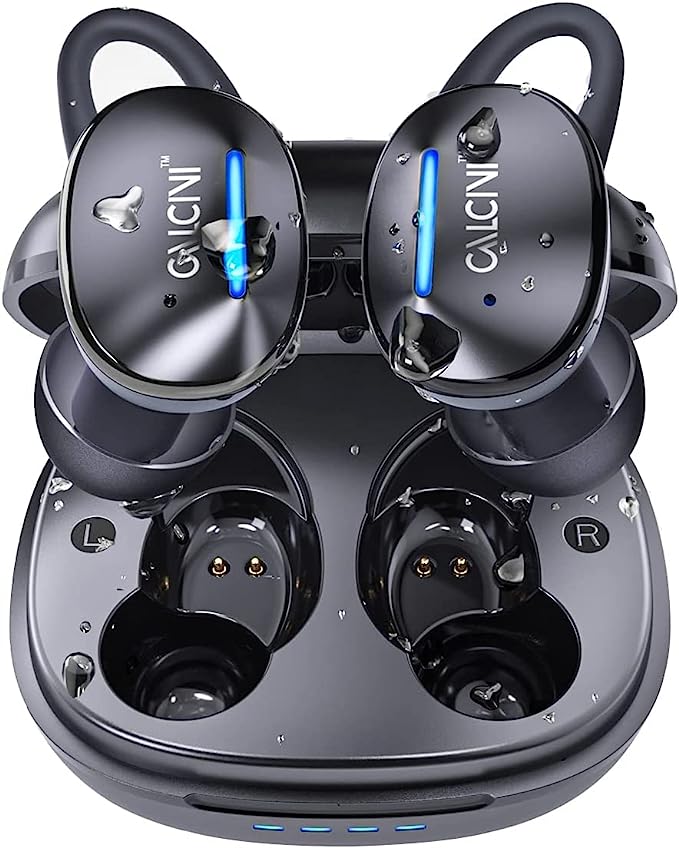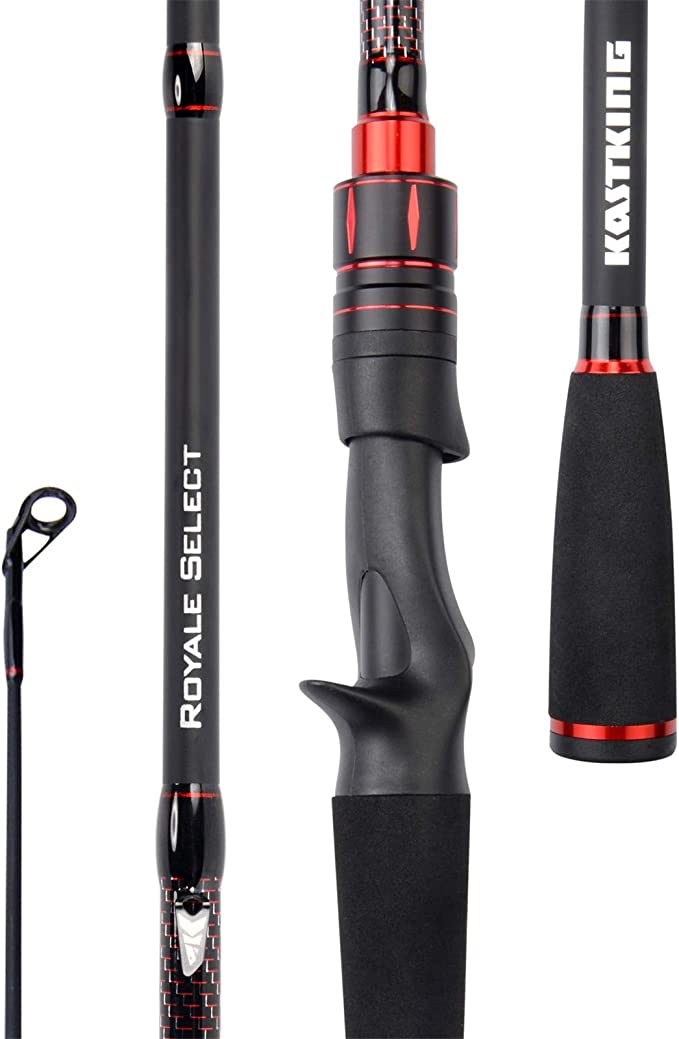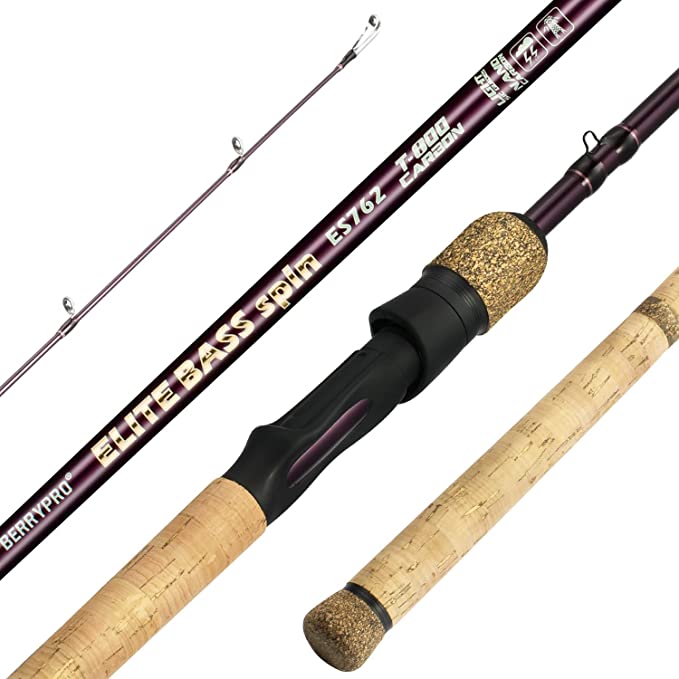Taming the Photon Torrent: The Thermodynamics and Engineering of the ACEBEAM X75
Update on Nov. 19, 2025, 6:07 p.m.
In the world of portable illumination, there is an arms race defined by a single number: Lumens. Manufacturers push Light Emitting Diodes (LEDs) to their absolute breaking points to claim the title of “World’s Brightest.” However, seasoned enthusiasts and professionals know that peak brightness is a fleeting metric. The true engineering challenge lies not in generating light, but in managing the inevitable byproduct of that generation: Heat.
The ACEBEAM X75 is not merely a flashlight; it is a compact industrial machine designed to solve a specific thermodynamic equation. With a staggering output of 80,000 lumens, it generates heat comparable to a high-performance soldering iron. To understand why this device is a milestone in searchlight technology, we must look past the blinding beam and examine the systems that keep it from melting itself down.

The Physics of the Photon Torrent
Generating 80,000 lumens requires an immense amount of energy. The X75 utilizes an array of Cree XHP70.2 or XHP70.3 HI LEDs. While LEDs are significantly more efficient than incandescent bulbs, they are not 100% efficient. A substantial portion of the input energy—roughly 70-80% in high-power applications—is converted into heat rather than light.
When you activate “Turbo Mode” on the X75, you are unleashing hundreds of watts of power. In a standard, passively cooled flashlight, the aluminum body acts as a heatsink, absorbing this thermal energy and radiating it into the air. However, the sheer thermal load of 80,000 lumens overwhelms passive dissipation almost instantly. This is why most “lumen monsters” dim dramatically after just 30 seconds. They hit their Thermal Ceiling.

Active Cooling: Breaking the Thermal Ceiling
The ACEBEAM X75 distinguishes itself by acknowledging that passive cooling is dead. To sustain high output, it introduces Forced Convection via a built-in, waterproof cooling fan.
This is a laptop-grade solution applied to a handheld tool.
1. Copper Heat Sink: Beneath the LEDs lies a massive pure copper heat dissipation piece. Copper has a thermal conductivity nearly double that of aluminum, allowing it to pull heat away from the delicate LED junctions rapidly.
2. Airflow Tunnel: The fan draws cool air in and forces it through the internal channels of the heatsink, stripping away heat at a rate impossible with static air.
The result? While competitors drop to a fraction of their brightness to survive, the X75 can maintain a significantly higher Sustained Lumen Output. It transforms the device from a 10-second novelty into a viable tool for prolonged search and rescue (SAR) operations, cave exploration, or industrial inspection.

Power Architecture: High-Drain Dynamics
Driving this photon engine requires a battery system capable of extreme discharge rates. The X75 uses a built-in battery pack (typically configured with high-discharge 21700 cells). The chemistry here must be robust enough to handle the massive current draw of Turbo mode without voltage sag (which would dim the light) or thermal runaway.
Equally important is the input side. The X75 features PD 100W Fast Charging. * Logistical Advantage: In a professional setting, downtime is a liability. Being able to recharge a massive energy reservoir in roughly one hour changes the operational tempo. It means the light can be prepped and ready during a short break in base camp. * Reverse Charging: The USB-C port is bidirectional. In an emergency, the flashlight becomes a massive power bank (PD 60W output), capable of reviving laptops, drones, or satellite phones—a critical redundancy for remote expeditions.
Safety and Control: Handling the Sun
Holding 80,000 lumens is akin to holding a focused fire. Safety mechanisms are not optional features; they are critical system components. * Mechanical Lockout: A physical switch physically disconnects the circuit. This is vital. If a light of this power were to accidentally activate in a backpack or holster, it would burn through fabric and gear in seconds. * Color-Changing Sleeve: The silicone sleeve isn’t just for grip; it uses thermochromic pigment to change color as the light heats up, providing a visual warning to the user about the surface temperature.
Conclusion: The Professional’s Tool
The ACEBEAM X75 is an engineering statement. It asserts that in the pursuit of ultimate brightness, we have reached the limits of simple metal tubes and batteries. The future belongs to integrated thermal systems. By combining a high-efficiency copper/fan cooling loop with high-drain power architecture, the X75 offers a glimpse into the next generation of portable illumination—where we don’t just flash the darkness away for a second, but push it back for as long as the mission requires.


























